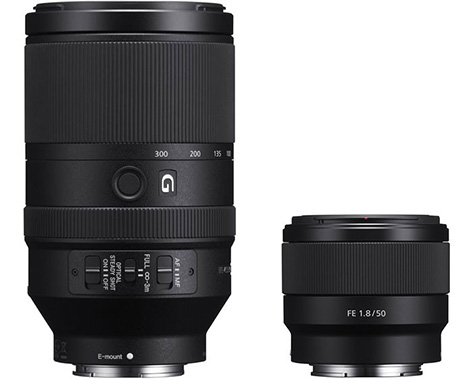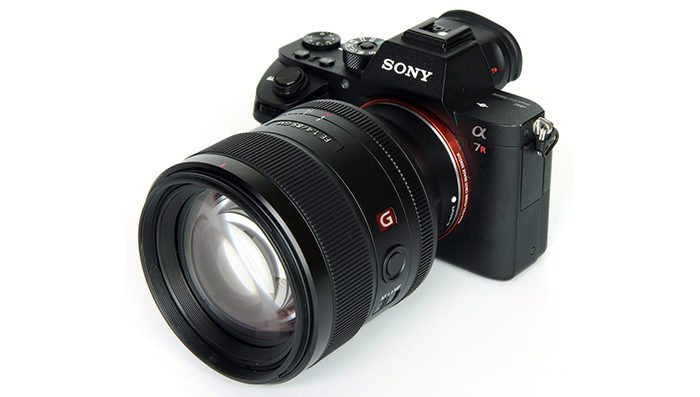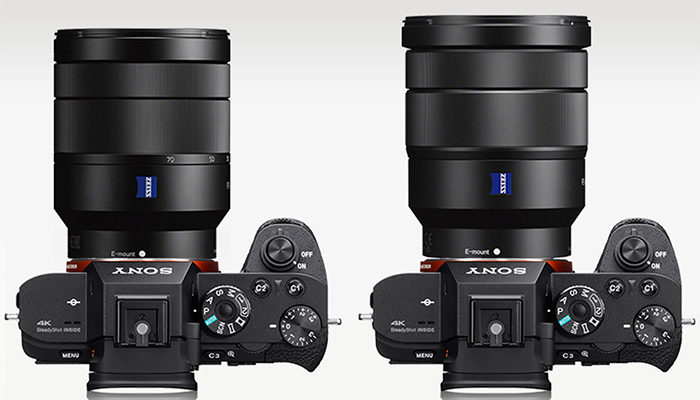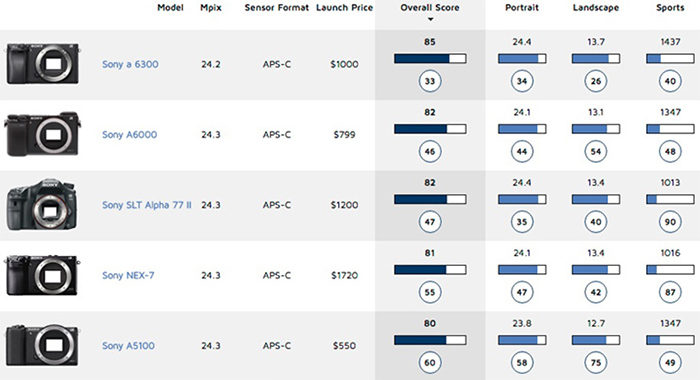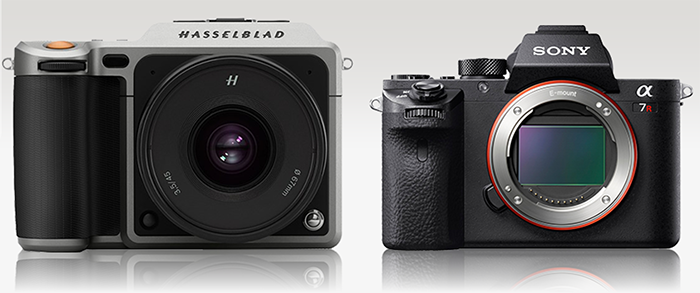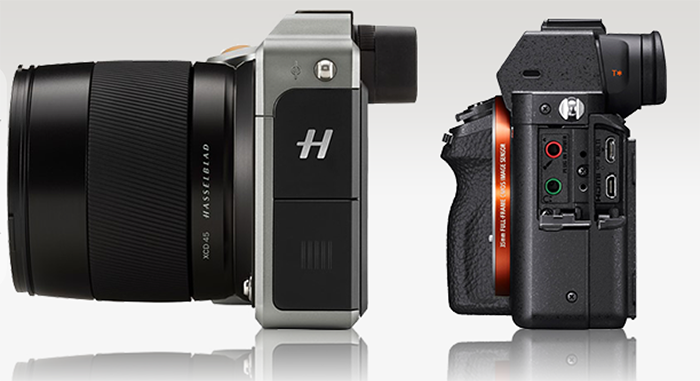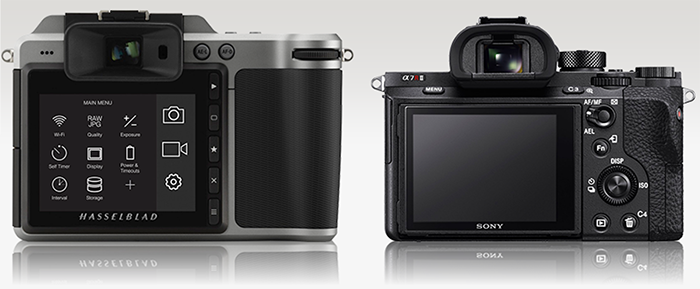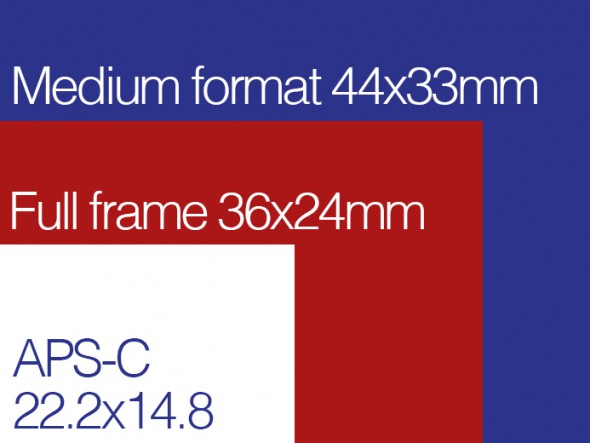Two new Voigtlander 10mm FE reviews by Admiringlight and Weitz
Jordan Stelle on Admiringlight writes:
The Voigtländer 10mm f/5.6 Hyper-Wide Heliar is a truly unique lens. It’s the widest rectilinear lens made for any format in the history of photography. It also is pretty darn good optically, though definitely falls short of perfect. There’s some softness at the edges, and the corners are softer still, but the overall resolution the lens produces is very good. It’s tack sharp in the center and the good sharpness extends over most of the frame. It also shows fairly high chromatic aberration and very high vignetting, though both can be corrected to some degree in post-processing (with the addition of some noise in the case of vignetting).
Still, these drawbacks don’t spoil what is a truly magnificent lens. The 10mm f/5.6 has a wonderful drawing style, with great contrast and rich color, and it resists flare well in most circumstances. But more important than the pure optical quality are the intangibles
Allan Weitz on Explora writes
Edge sharpness when shooting at wider apertures is soft and “stretchy,” but it does improve once you stop the lens down 2 to 3 stops. Center sharpness is quite good, even at wider apertures, and gets even better stopped down. Contrast levels are right on the dime, most notably when shooting in monochrome.
Magenta and/or cyan color smear, long the bane of ultra-wide lenses on full-frame digital cameras, is pretty much nonexistent. There’s also evidence of chromatic color fringing along contrasty edges—most notably toward the edges, but nothing that can’t be corrected post-capture.
If you own a Sony E-mount camera and you’ve been shy about shooting with wider-angle lenses, your time has arrived.
Voigtlander 10mm FE at [shopcountry 49319].
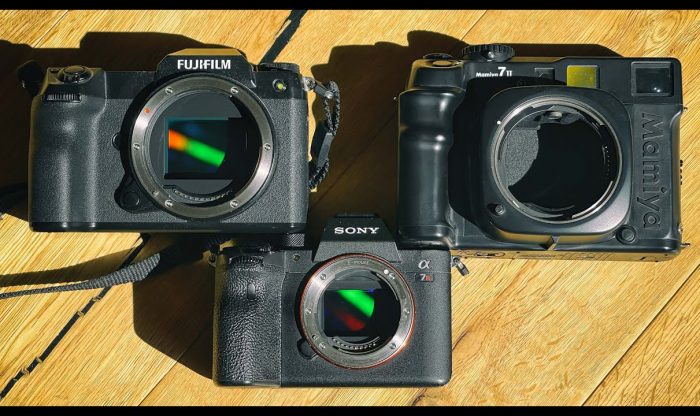
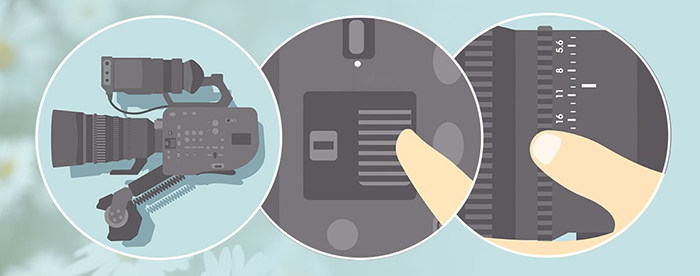
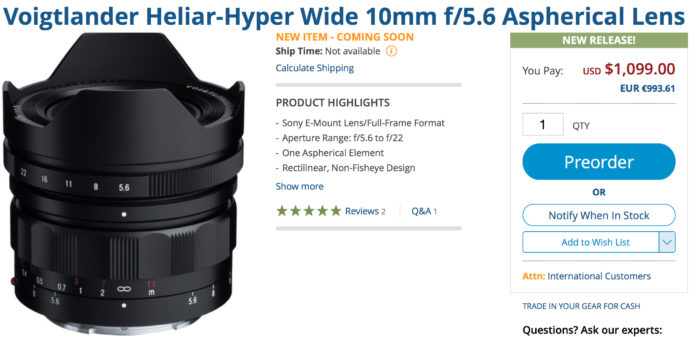
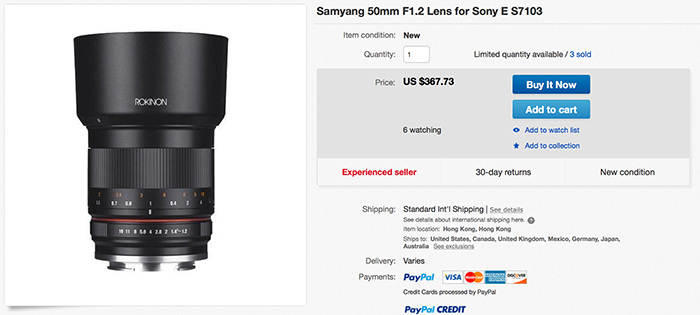 [/shoplink]
[/shoplink]